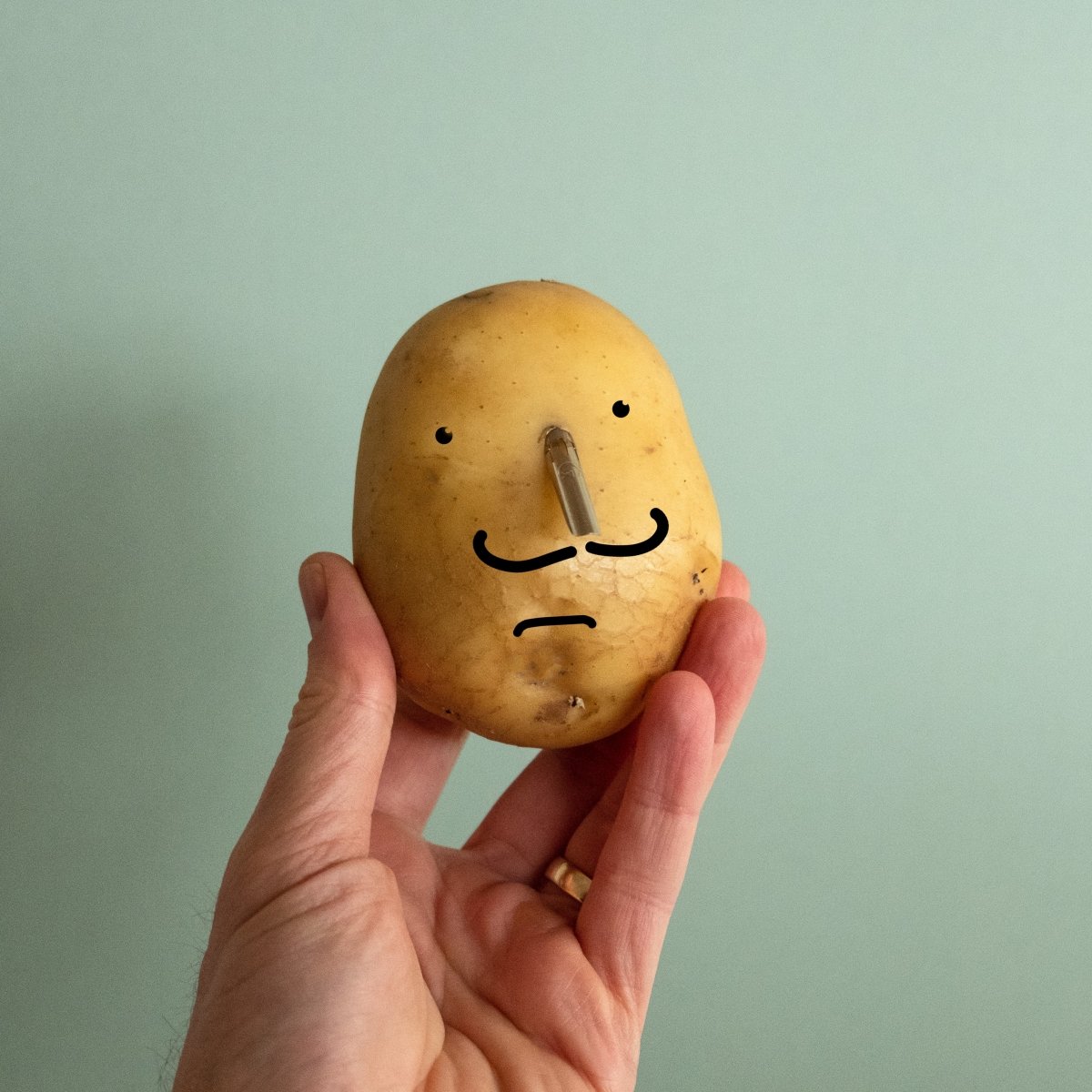There is nothing more unsatisfying to a calligrapher than ink beading on a nib and having to redip every 5 seconds.
‘Prepare thy nibs’ should be the mantra that every calligrapher lives by as I haven’t found a nib that doesn’t benefit from a little TLC before you get acquainted with each other by creating some beautiful art.
The reason is that calligraphy nibs are coated with a film of oil to protect them as they travel from the manufacturer to your pen. But why can’t you use a steel alloy that's more resistant to rust? ‘Stainless Steel’ perhaps? I hear you ask. Well you could, the issue is that Stainless steel is hard as nails and doesn’t give you as much of that glorious flex. So it’s a trade off between durability and flexibility, which is where chrome steel comes in. It flexes like a beast and can last a long time provided it’s cleaned and maintained.
So…
How does one get their nib ready for action… First off (and here’s another to get printed on a t-shirt) ‘just say no to the potato’! Yes, that’s right. A lot of folks recommend prepping your nib with a potato by sticking it in and waiting for the potato to perform some sort of ritual no one truly understands which removes the film of protective oil. The trouble is that this is a surefire way to damage a shiny new nib by bending the tines in ways that the poor little fella most certainly wasn’t expecting. And, let's face it you’re cheating yourself out of a roast potato! Which is a crime in itself.
So…
This is what I would recommend, place several parboiled potatoes on a preheated oven tray slathered in olive oil for 45 mins at (220 C 420F) and await perfection. Ah, apologies! We’re talking nibs, not potatoes.
“Run under warm soapy water” seems to be the domestic equivalent of the IT industry’s “Have you turned it off and on again?” Because more often than not it’s the solution to a plethora of problems. The soap acts as a surfactant to show the oil to the door and after drying with a clean cloth your nib is ready for anything. If you want to take it a step further, you could even lightly sand the bottom of your nib underneath the tines. Without getting too geeky, this increases the ‘wettability’ (better words need to apply). It does this by decreasing the surface tension which enables the ink to cling to the nib in a warm embrace until it’s lovingly deposited on a page.
I hope this helps! Please feel free to leave more suggestions about content you’d like to see or hear about below, and as Nancy Reagan once said “just say no to the potato”.

